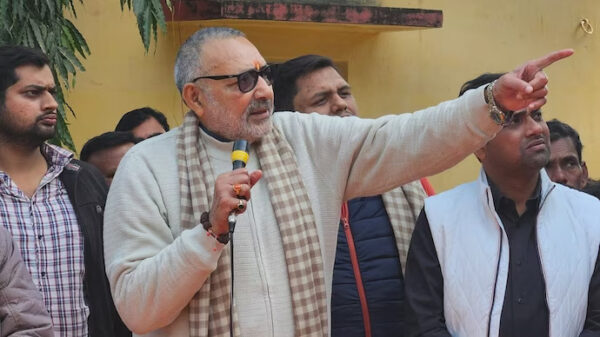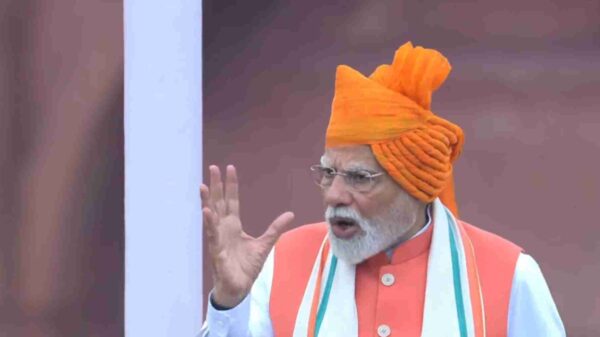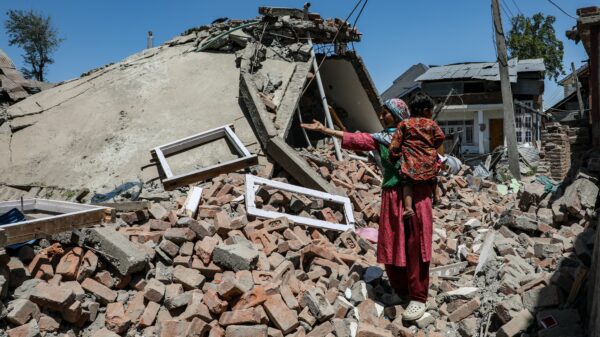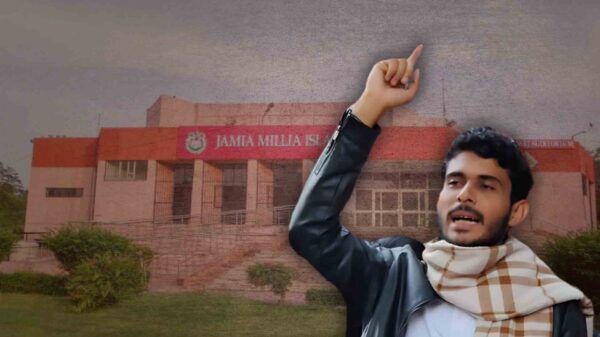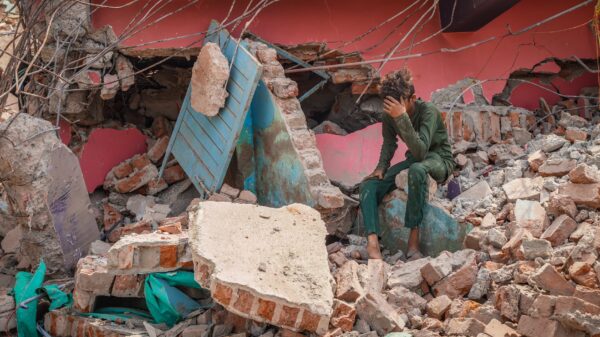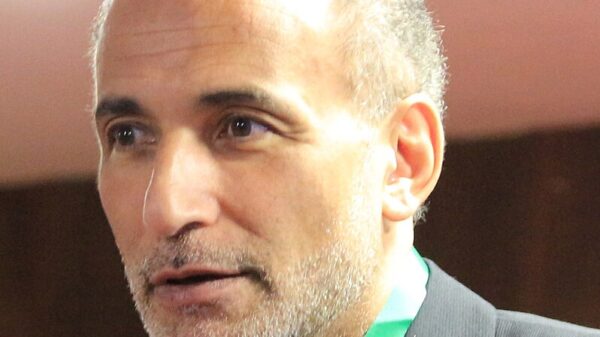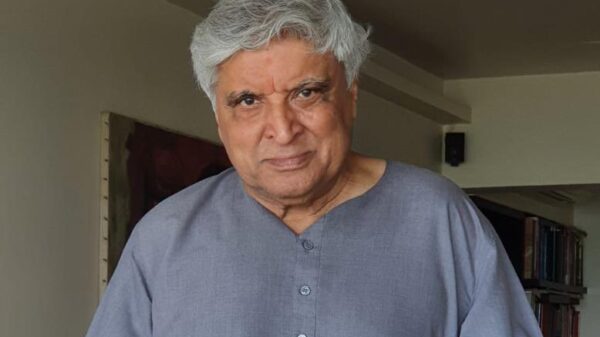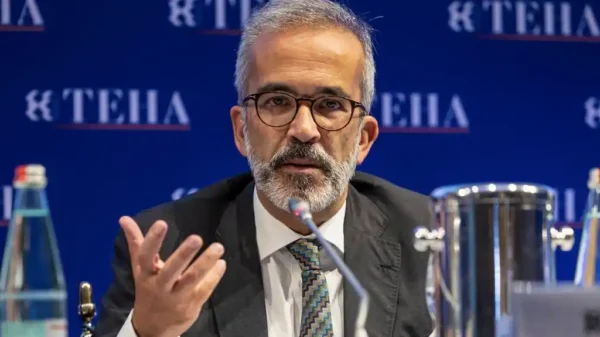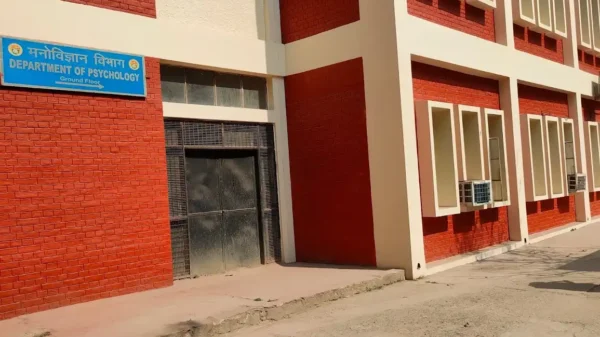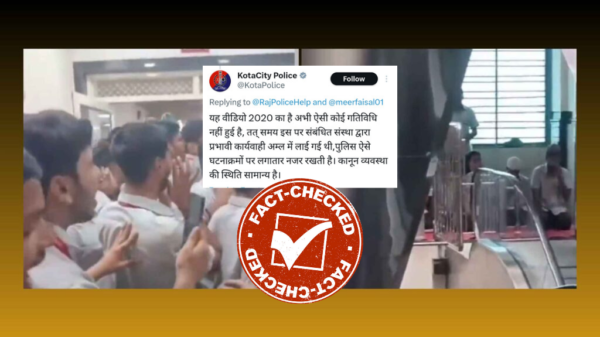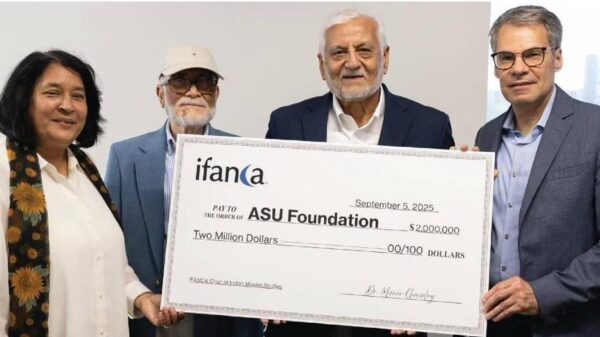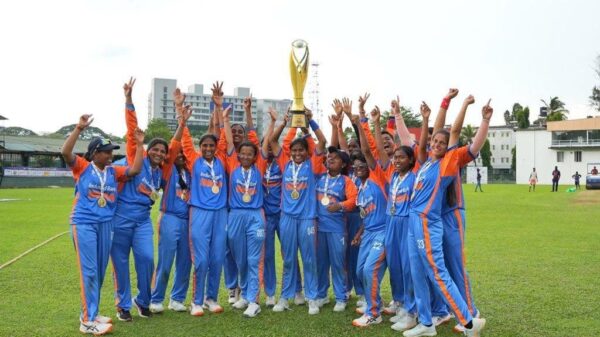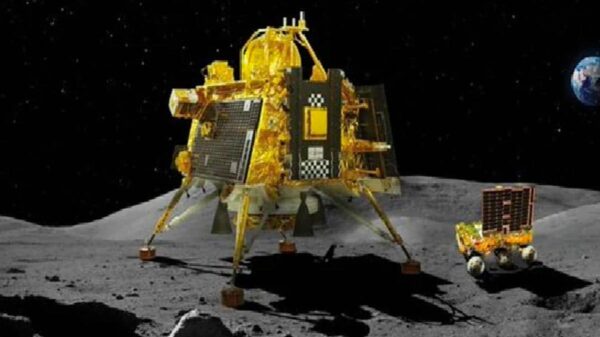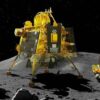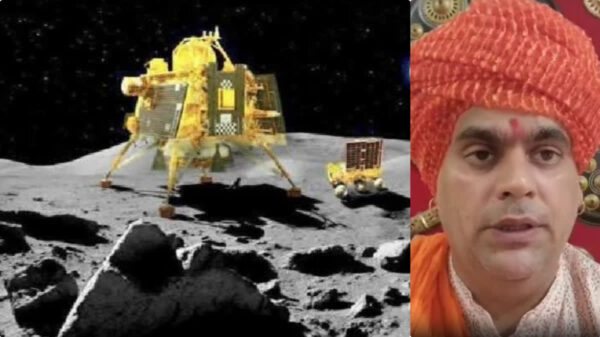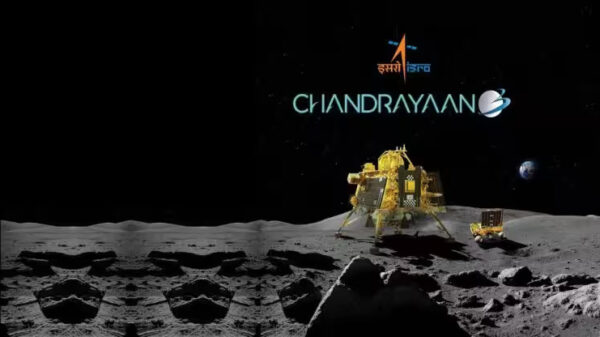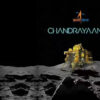The Indian Space Research Organisation (ISRO) once again made history by successfully launching its ambitious solar mission, Aditya L1, on Saturday. Just days after the Chandrayaan 3 lunar expedition, ISRO’s Polar Satellite Launch Vehicle (PSLV) embarked on its “longest flight” lasting approximately 63 minutes.
Aditya-L1 marks a significant milestone as it becomes the first space-based observatory designed to study the Sun. The spacecraft is slated to travel about 1.5 million kilometers away from Earth over a period of 125 days to reach a Halo orbit around the Lagrangian point L1, considered the closest position to the Sun.
One of the main objectives of the Aditya-L1 mission is to capture and transmit images of the Sun for scientific research. Scientists plan to utilize the unique properties of Lagrangian points, which are specific positions in space where gravitational forces balance, enabling spacecraft to stay with reduced fuel consumption. In this case, L1 point acts as an ideal position for solar observations.
Following the successful launch from the Satish Dhawan Space Centre, the spacecraft will initially be placed in a Low Earth Orbit before transitioning to a more elliptical orbit. To reach the Lagrange L1 point, the spacecraft will employ onboard propulsion to exit Earth’s gravitational Sphere of Influence and proceed toward its destination. The entire journey, from launch to reaching the L1 point, is expected to take about four months.
ISRO emphasized the importance of studying the Sun due to its emission of radiation across various wavelengths, including energetic particles and magnetic fields. Earth’s atmosphere and magnetic field act as protective shields, blocking harmful radiation. Hence, solar studies are conducted from space to detect and analyze such radiation.
The Aditya-L1 mission has several key objectives, including understanding Coronal Heating and Solar Wind Acceleration, initiating Coronal Mass Ejections (CMEs), studying near-earth space weather, and analyzing solar wind distribution.
To achieve these goals, Aditya-L1 carries seven scientific payloads:
- Visible Emission Line Coronagraph (VELC): This primary payload will study the solar corona and CME dynamics, sending 1,440 images per day to ground stations for analysis.
- Solar Ultraviolet Imaging Telescope: It will capture images of the Solar photosphere and Chromosphere in near Ultraviolet and measure solar irradiance variations.
- Aditya Solar Wind Particle Experiment (ASPEX) and Plasma Analyser Package for Aditya (PAPA): These payloads will study the solar wind, energetic ions, and energy distribution.
- Solar Low Energy X-ray Spectrometer and High Energy L1 Orbiting X-ray Spectrometer (HEL1OS): These instruments will investigate X-ray flares from the Sun over a wide energy range.
- Magnetometer Payload: Capable of measuring interplanetary magnetic fields at the L1 point.
All of these payloads were indigenously developed in close collaboration with various ISRO centers.









